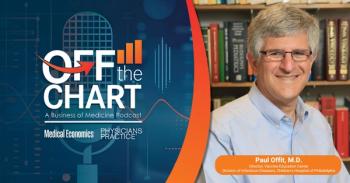
Blood pressure monitoring in pregnancy is a window into long-term health
Key Takeaways
- Blood pressure monitoring during pregnancy can predict future cardiovascular disease risk, especially patterns before 20 weeks gestation.
- Pregnancy is a critical time for healthcare engagement, particularly for women with limited access to regular care.
Pregnancy provides a rare, time-bound opportunity to capture critical health data, screen for chronic disease, and begin interventions that can shape long-term health outcomes.
New research continues to affirm what maternal health advocates have long known: pregnancy is a powerful window into long-term health. One of the most promising areas of study is
For many women, pregnancy may be the first meaningful interaction with the healthcare system in years.
Once the baby is born, the focus of care often shifts entirely to the child — and mothers, especially those with limited access to care, may not see a provider again for some time. That makes pregnancy a rare, time-bound opportunity to capture critical health data, screen for chronic disease, and begin interventions that can shape long-term health outcomes.
Monitoring these early signals is especially critical in populations that face barriers to postpartum care or are unlikely to remain engaged in the healthcare system after giving birth — groups that are often at higher risk for chronic conditions yet less likely to receive timely intervention.
And the value of pregnancy-based screening goes beyond physical health. Initiating prenatal care provides a vital opportunity to check in on mental health, social needs, and structural risk factors that contribute to maternal and long-term health outcomes.
In short, pregnancy is not just a clinical episode — it’s a crucial public health moment and one that should be maximized to its fullest potential.
Anish Sebastian co-founded
Newsletter
Stay informed and empowered with Medical Economics enewsletter, delivering expert insights, financial strategies, practice management tips and technology trends — tailored for today’s physicians.














